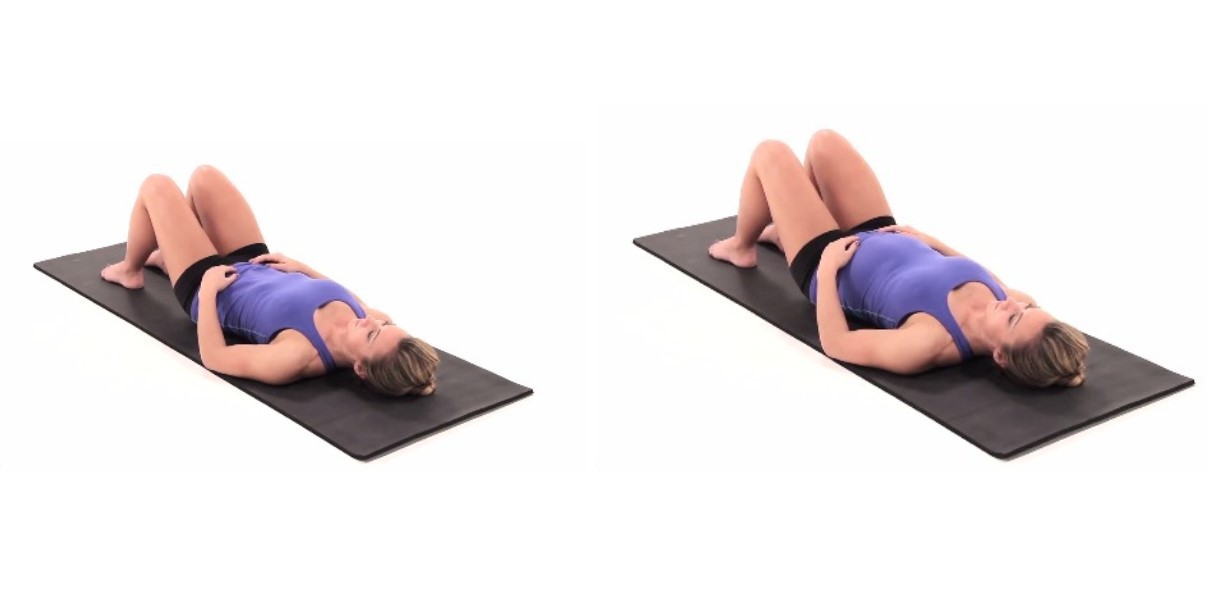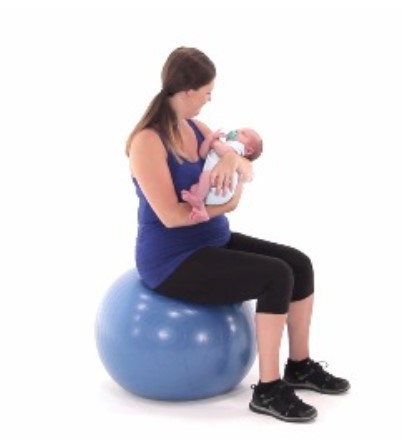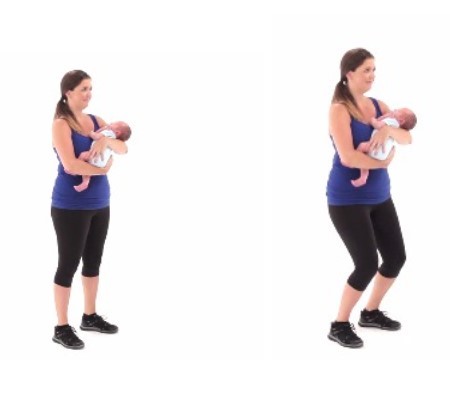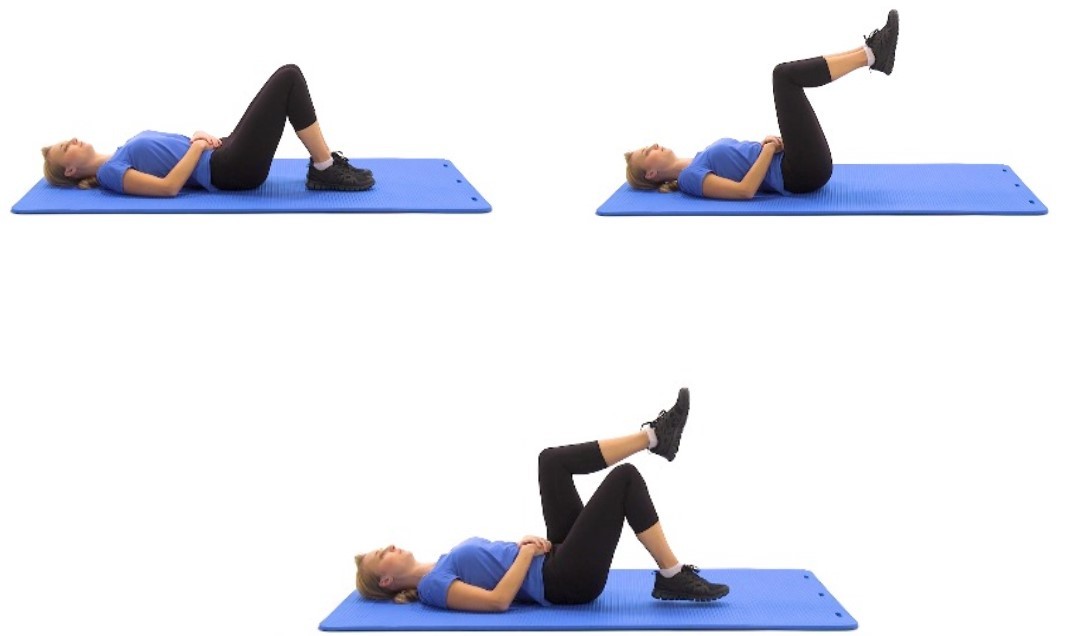Strength Training: Why it is Important for Moms
NOV 05, 2025Progressive overload means consistently challenging your muscles to do a little bit more than they're used to.
Read More
Congratulations, you have just completed nine months of pregnancy and have been released at your postpartum visit to return to “normal” activity. You are now wanting to get your body back to some sort of normalcy, but you’re wondering how…
First and foremost, give yourself some grace as your schedule is simply no longer your own. You’ll need to think differently in the way you work exercises back into your schedule. Start with finding your breath - breathing deeply with your diaphragm into your abdominal muscles is the first stage in recovering your core muscles and activating your pelvic floor.
You will gradually be increasing your stamina for physical activity as you are able. In doing so, some areas of concern with postpartum exercise may include:
See the exercise examples below for some ideas on returning to activity. Be sure to follow any recommendations and guidance from your physician or physical therapist before starting an exercise program.





If you are having difficulty returning to your desired activities postpartum, contact your provider for a referral to a CHI Health pelvic floor physical therapist. A pelvic floor physical therapist will listen to your goals and provide individualized guidance on how to return to activity, whether that’s basic walking and breathing exercises or returning to higher-level running, jumping, and lifting. You can reach out to our Pelvic Health Navigator at (402) 717-7358 or visit our website for more information.

Progressive overload means consistently challenging your muscles to do a little bit more than they're used to.
Read More
A Nurse Practitioner answers your essential mammogram questions. Understand timing, prep, the procedure, callbacks, and financial options.
Read More
Radiotherapy is a finely tuned, powerful partner that can work with your surgery to give you the best possible outcome for breast cancer.
Read MoreWhen you need local health information from a trusted source, turn to the CHI Health Better You eNewsletter.